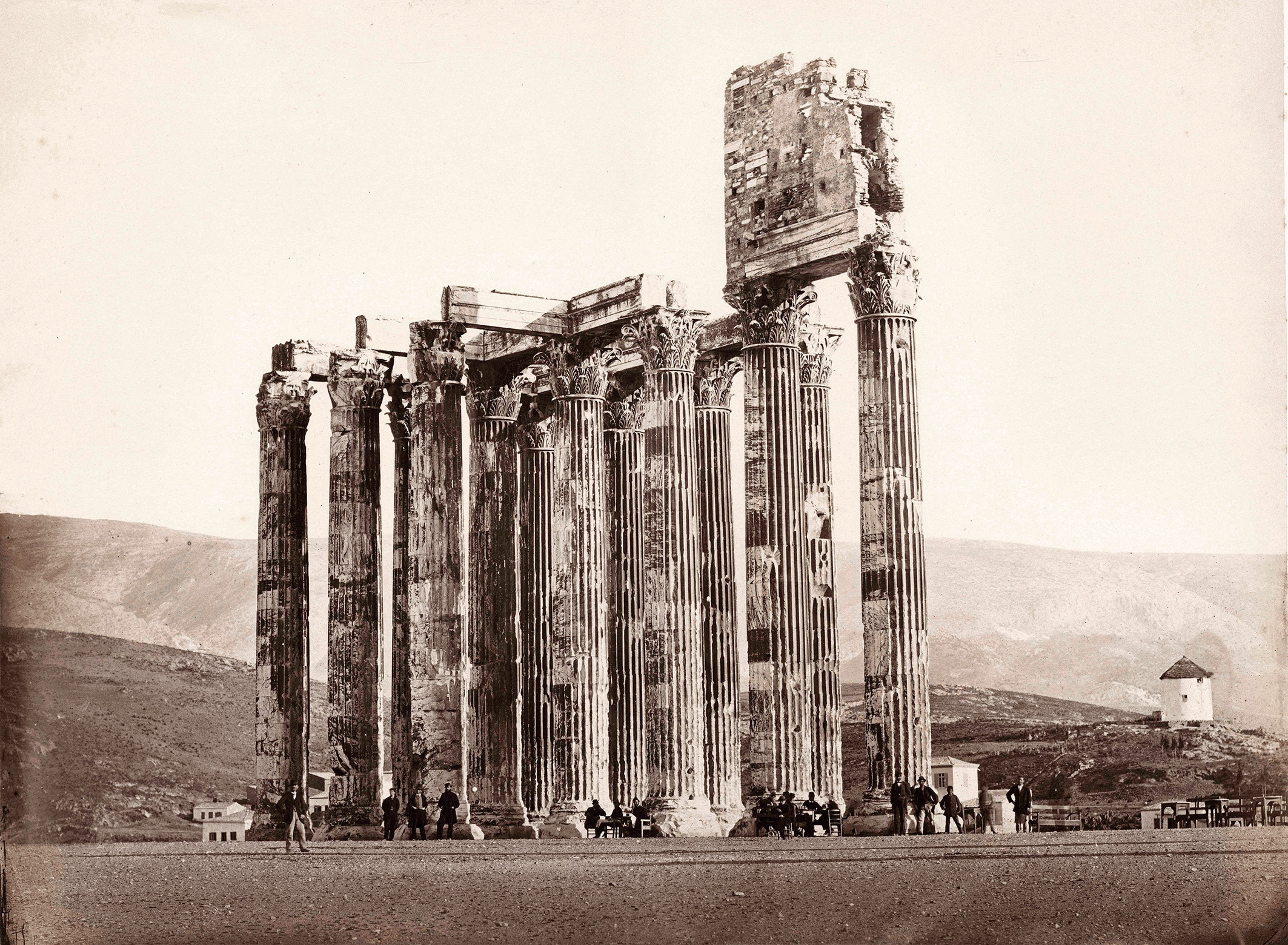Source: The Worst Mistake in the History of the Human Race | Discover Magazine, by Jared Diamond, from the May 1987 issue
recent discoveries suggest that the adoption of agriculture, supposedly our most decisive step toward a better life, was in many ways a catastrophe from which we have never recovered
Why did almost all our hunter-gatherer ancestors adopt agriculture? … How do you show that the lives of people 10,000 years ago got better when they abandoned hunting and gathering for farming?
Are twentieth century hunter-gatherers really worse off than farmers? … It turns out that these people have plenty of leisure time, sleep a good deal, and work less hard than their farming neighbors.
The progressivist view is really making a claim about the distant past: that the lives of primitive people improved when they switched from gathering to farming. Archaeologists can date that switch by distinguishing remains of wild plants and animals from those of domesticated ones in prehistoric garbage dumps. How can one deduce the health of the prehistoric garbage makers, and thereby directly test the progressivist view? … paleopathology
…
In the few cases where there are many skeletons, one can construct mortality tables like the ones life insurance companies use to calculate expected life span and risk of death at any given age. Paleopathologists can also calculate growth rates by measuring bones of people of different ages, examine teeth for enamel defects (signs of childhood malnutrition), and recognize scars left on bones by anemia, tuberculosis, leprosy, and other diseases.
…
Skeletons from Greece and Turkey show that the average height of hunger-gatherers toward the end of the ice ages was a generous 5′ 9″ for men, 5′ 5″ for women. With the adoption of agriculture, height crashed, and by 3000 B. C. had reached a low of only 5′ 3″ for men, 5′ for women.
…
from burial mounds in the Illinois and Ohio river valleys … when a hunter-gatherer culture gave way to intensive maize farming around A. D. 1150 … Compared to the hunter-gatherers who preceded them, the farmers had a nearly 50 per cent increase in enamel defects indicative of malnutrition, a fourfold increase in iron-deficiency anemia (evidenced by a bone condition called porotic hyperostosis), a theefold rise in bone lesions reflecting infectious disease in general, and an increase in degenerative conditions of the spine, probably reflecting a lot of hard physical labor. “Life expectancy at birth in the pre-agricultural community was bout twenty-six years,” says Armelagos, “but in the post-agricultural community it was nineteen years. So these episodes of nutritional stress and infectious disease were seriously affecting their ability to survive.” The evidence suggests that the Indians at Dickson Mounds, like many other primitive peoples, took up farming not by choice but from necessity in order to feed their constantly growing numbers.
There are at least three sets of reasons to explain the findings that agriculture was bad for health. First, hunter-gatherers enjoyed a varied diet, while early farmers obtained most of their food from one or a few starchy crops. … Second, because of dependence on a limited number of crops, farmers ran the risk of starvation if one crop failed. Finally, the mere fact that agriculture encouraged people to clump together in crowded societies, many of which then carried on trade with other crowded societies, led to the spread of parasites and infectious disease.
If one could choose between being a peasant farmer in Ethiopia or a bushman gatherer in the Kalahari, which do you think would be the better choice?
Hunter-gatherers practiced the most successful and longest-lasting life style in human history.


